A Concise History of the Yucatán
The phrase “Yucatecan History” inevitably conjures images of the ancient Maya, who constructed out of limestone and ingenuity one of the most fascinating civilizations mankind has ever known. The Maya might be the most brilliant piece of the puzzle, but there are others. Here’s our concise rundown of the peninsula’s story.
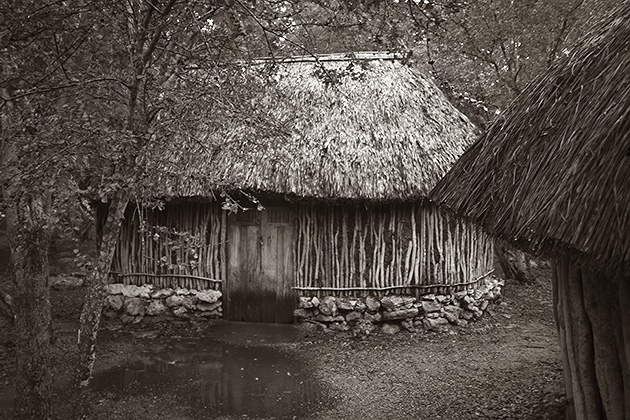
| 66 Million BC | The dinosaurs are wiped out by a massive meteoric impact, which creates the Chicxulub Crater just off the coast of the Yucatán. | |
| 13000 BC | Having crossed over the Bering Land Bridge, humans arrive in the Yucatán in search of big game. | |
| 1500 – 400 BC | The first established settlements on the peninsula are thought to belong to the Olmecs, who were in many ways the precursors to later Maya civilization, already possessing achievements like the calendar and written language. | |
| AD 250 – 900 | The civilization of the Maya reaches what is referred to as its Classic Period. The culture is at its pinnacle, exhibiting remarkable sophistication in fields like astronomy and architecture. | |
| 900 – 1500 | The fabled Maya civilization which stretched to Guatemala had fallen, likely due to drought and overpopulation, but the Yucatecan Maya continue to thrive during the Post-Classic Period. Chichén Itzá is the most important city of this era, which also saw the arrival of the powerful Toltec from the north. | |
| 1517 | An expedition led by Francisco Hernández de Córdoba arrives on the shores of the Isla Mujeres, in the first appearance of the Blue-Eyed Bearded Men on the peninsula. The initial encounter does not end well for Córdoba, whose company is attacked and badly defeated by the bewildered locals. Córdoba dies of his wounds. | 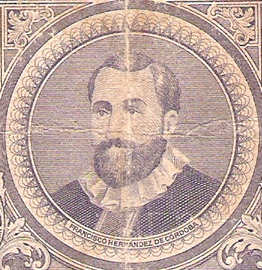 |
| 1542 | Try as you might, you can’t keep a determined conquistador down. The Spanish eventually subdue a surprisingly resistant Maya population and Francisco de Montejo founds Mérida on the ruins of T’Hó. As will happen later to native populations farther north, the Maya are devastated by disease. | |
| 1562 | Terrified by their strange, “demonic” hieroglyphs, Catholic bishop Diego de Landa gathers up every Mayan text and document he can find and burns them. This was a people who had carefully documented their own civilization, and very little survived de Landa’s ignorant wrath. The good bishop also considered himself a “historian” and would later write a book about the Maya. | |
| 16th – 18th Centuries | Spain basically enslaves Mexico, and those not of Spanish blood have a very difficult time in the Yucatán. Haciendas are established around the peninsula, and a very few people live very, very well. | |
| 1841 | Twenty years after Mexican independence, the Yucatán declares independence of its own and becomes a full-fledged country. The Republic of the Yucatán lasts for a glorious seven years. | |
| 1849-1901 | Across the peninsula rage the Caste Wars, one of the most successful indigenous uprisings in world history. Fed up with harsh treatment, the Maya rise up and succeed in creating an independent state which lasts for 50 years. | |
| 1800s – 1940s | The Yucatán grows fabulously wealthy with the success of henequen, a fabric made of agave which can be made into rope, rugs, strings and more. Once Mexico’s poorest state, Yucatán is suddenly the richest, and Mérida flourishes. | |
| 1960s | For the first time, the Yucatán is linked to the rest of Mexico by highway. So long in isolation from the rest of the country, and often semi-autonomous, the peninsula had developed its own culture and traditions. | |
| December 21st, 2012 | The world ends. | |
| … and beyond | What? We’re still alive? Guess that ridiculous doomsday prophecy didn’t pan out (not too surprising since the Maya themselves believed no such thing). Far away from the drug violence and official corruption which plagues so much of the country and blessed with an extraordinary heritage, the peninsula is developing itself as a prime touristic destination. More and more foreigners are discovering the warm sun, amazing history, delicious food, fascinating culture, and friendly people who call the Yucatán home. | |
–Travel Insurance For Your Yucatan Trip
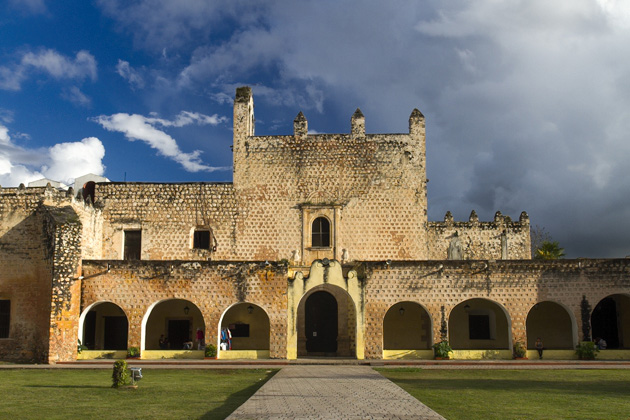
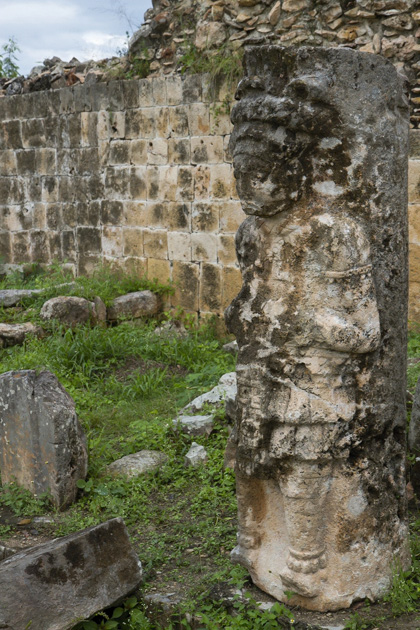
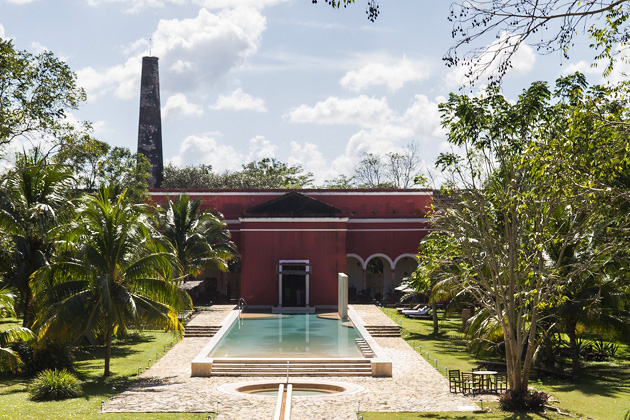

“The world ends.”muaha (-;
We were there at Chichen Itza on 12/21/2012. Only live 3 hours away in Progreso, so why not? It was a wonderful party atmosphere; there some Maya shamans in attendance, and the high point was probably the spontaneous conga line all the way around the Pyramid of Kukulkan. Chichen is totally choked by tourists and vendors every day, but you can still experience it by staying nearby the night before and going in at 8AM. By the time the crowds arrive from Cancun you’ll be ready to go.